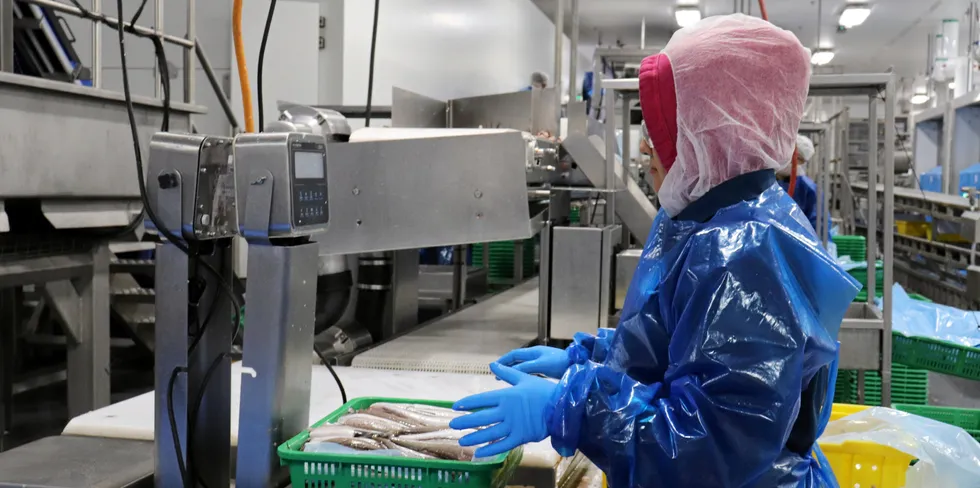Buyers eager for Pacific hake in red-hot whitefish market
With Alaska pollock prices at record highs, hake, also called Pacific whiting, is in greater demand this year.

With Alaska pollock prices at record highs, hake, also called Pacific whiting, is in greater demand this year.
